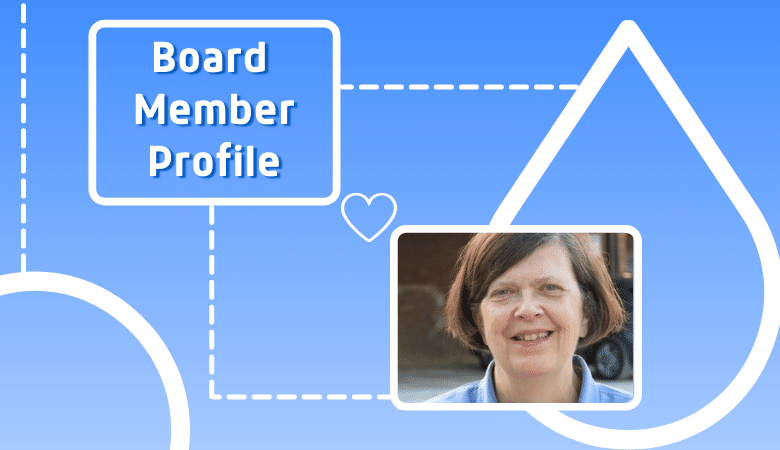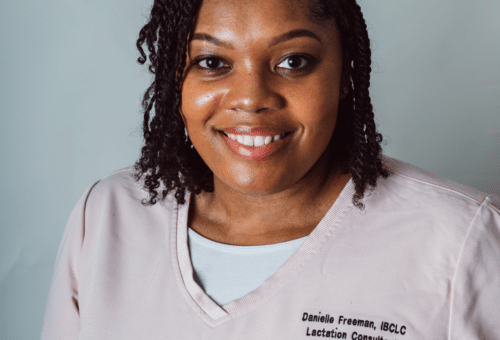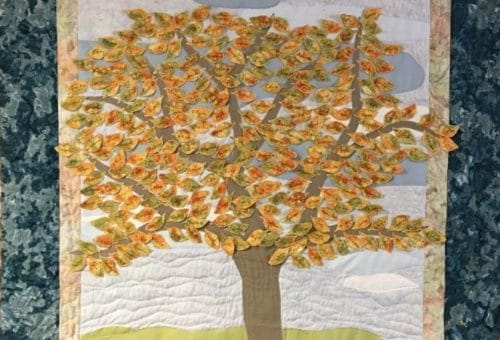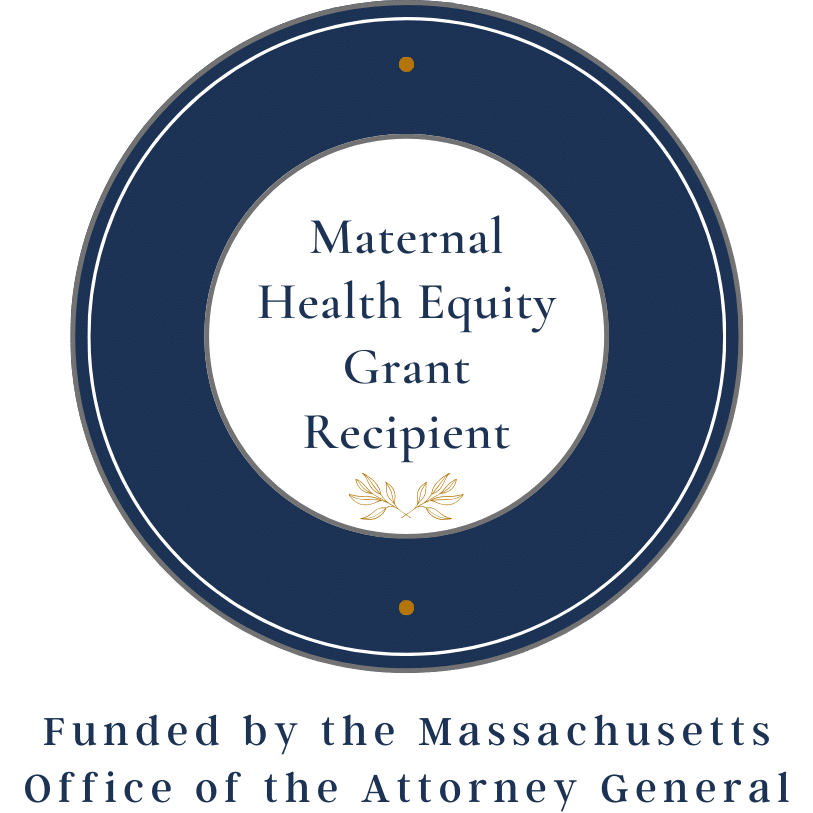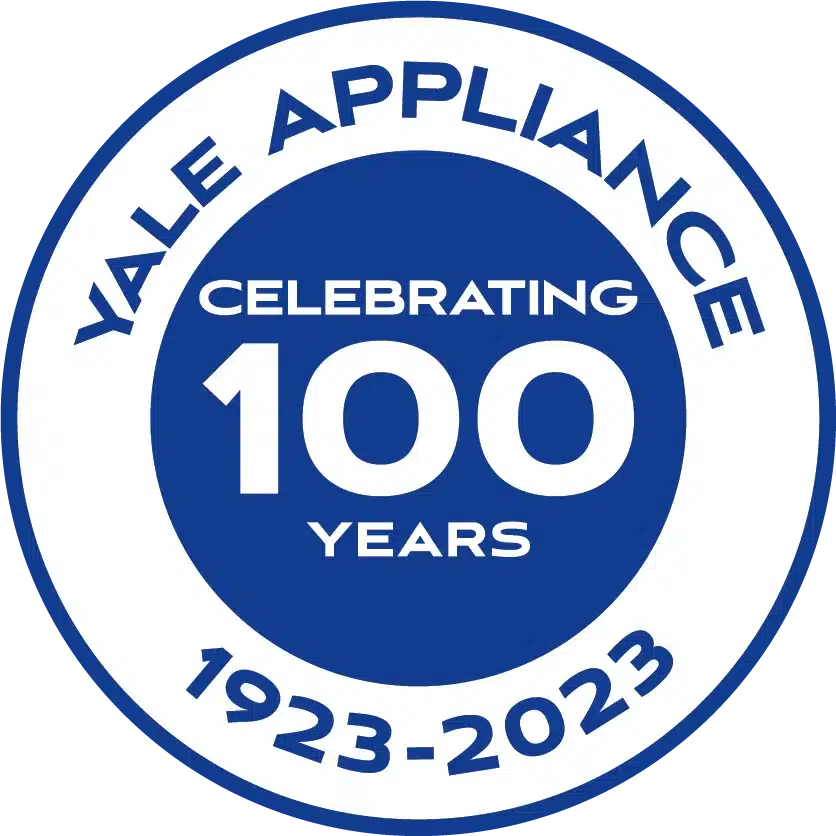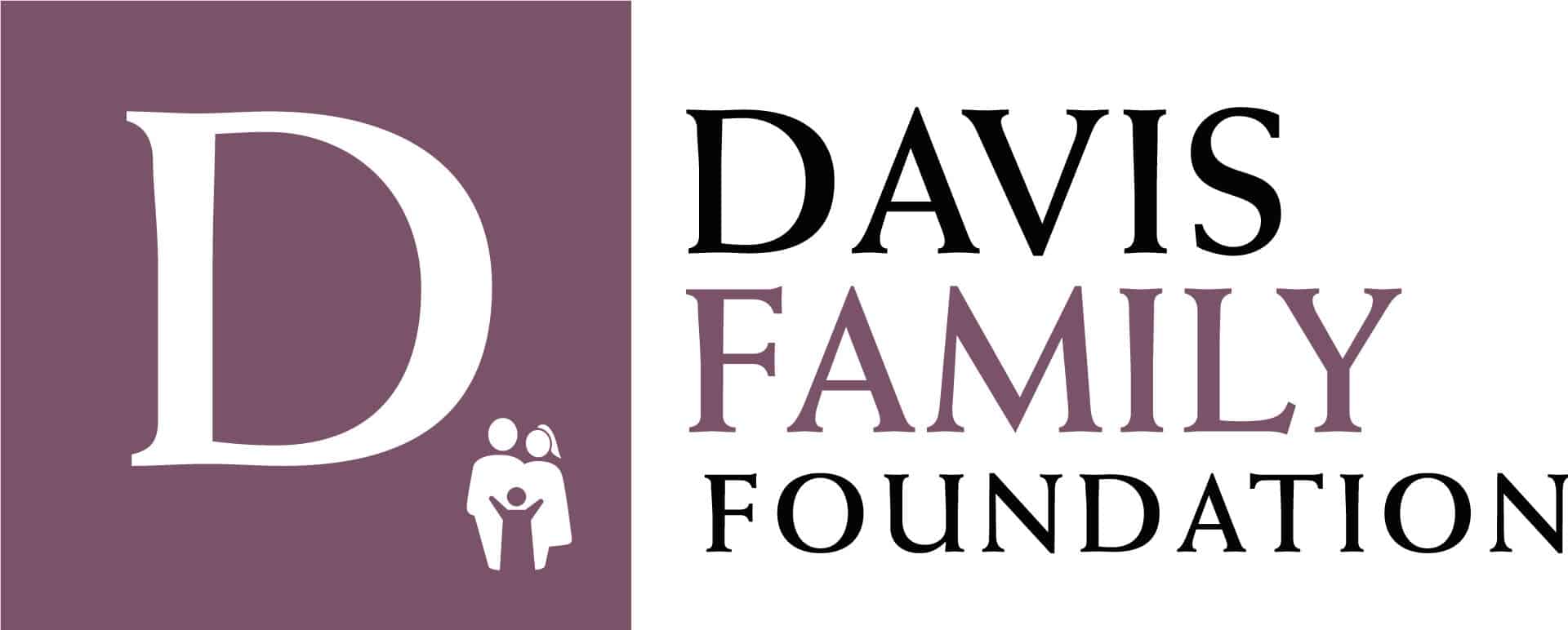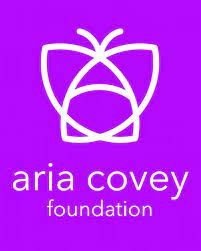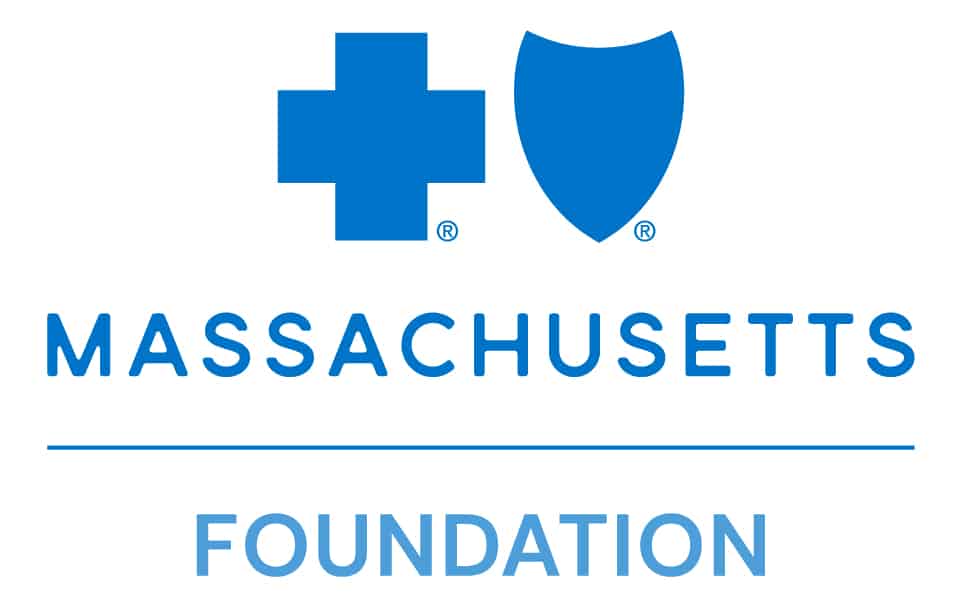Part of a series of profiles on the milk bank’s board members and volunteers.
How did you learn about the milk bank? How did you come to join the board?
Several years ago, as I began to think about retirement, I wanted to find a volunteer position that I could take on while still working and that would continue and provide a bridge as I eventually made the transition into retirement. I had served on the boards of several nonprofits, but had not done that kind of work for a while. I realized how much I missed contributing to an organization in that way, so I set out to see if I could find a new organization where I could use and build on my skills and experiences as a board member.
As part of that search, I attended a board fair where I met Director of Community Relations Ann Marie Lindquist and began to learn about Mothers’ Milk Bank Northeast. Since I am a strong believer in treating a volunteer position just like a paid one, I, along with some key people at the milk bank, explored whether or not there could be a good fit between what the milk bank needed in a board member and my skills and experiences. One thing I was looking for was to become involved in an organization in a field that was related to those I had worked in in the past, but that was in an area that was different enough that I would need to dive in and learn about something completely new.
I feel very fortunate that there was agreement that I would be a good fit even though I knew very little about the field of milk banking. I am now in the final year of my first three-year term on the board. And I can say with certainty that serving in this volunteer position has definitely helped the transition from working to retirement and that I have felt great satisfaction as I work to learn more and more about what milk banks do.
You make a great point—that board members of nonprofit organizations are volunteers. Do you think most people know that?
No, I don’t think most people do. Usually the volunteer program and the board are very separate. It would be great if nonprofits could figure out a way to bridge this divide. Highlighting it in an interview like this one is one way to start!
What do you enjoy most about serving on the board?
In addition to supporting a mission that I have grown increasingly passionate about, I enjoy working with a dedicated group of people that I would probably not have gotten to know otherwise. As we work together to provide guidance and leadership for the organization as it grows and matures, I feel a sense of satisfaction that I am part of making a difference not just for the milk bank but ultimately for the babies and families that we serve.
Do you have a specific responsibility or role on the board?
I am in my second year of chairing the Nominating Committee. We are doing some exciting work as we hope to transition the committee to a Governance Committee, which would have a broader scope and would strengthen the board, and therefore the milk bank. Since I have a lot of experience working with volunteers, I have also served as an informal advisor to the milk bank’s volunteer program.
Tell us about your professional background.
The first part of my career I was an educator. As a result of my volunteer work (I have been a volunteer in some shape or form for most of my life), my professional focus turned to nonprofit management, particularly in the fields of education and health care. In most organizations I was part of, I had significant involvement with volunteers, and was able to continue to use my skills as a teacher and a trainer.
My last position before retirement was as the manager of a volunteer program for a hospice where I spent seven very meaningful and fulfilling years. I see my work at the milk bank as a bookend to that work—instead of supporting people to have a meaningful end of life, I am now a small part of helping those at the beginning of life to have a better chance of thriving and laying a good foundation for what is to come.
What about your personal background? Anything you’d like to share?
I am married with two adult children in their twenties. At the end of 2019 I joined my husband in retirement, and our plan was to spend the next few years doing a lot of traveling. Clearly, those plans had to change! While I can still spend hours on the internet dreaming of and planning for trips we might take in the future, I have been happy to find a new way to spend my time. Since last summer I have been involved in BOLLI, the lifelong learning program at Brandeis. Responding to the pandemic, the program has pivoted and has been able to offer a wonderful array of classes and learning opportunities via Zoom. I have learned about jazz, costuming in the movie industry, opera and musical theater, the history of textiles, and masks as they represent cultures around the world. I am really enjoying having the time and space to learn for the sheer joy of it.
What would you like people to know about the milk bank’s volunteer program?
I have really been impressed with how warm and welcoming as well as how flexible and organized it is. Prior to the pandemic, it placed great emphasis on having a variety of jobs available and matching the right volunteer with the right job. There were opportunities for ongoing, regular placements as well as one-off or short-term ones. Once the pandemic arrived, the milk bank tried hard to respond to the constraints it imposed. Although volunteers’ efforts have been curtailed—but certainly not entirely—the staff has reached out to them regularly with the newsletter and with volunteer-focused e-mail updates. Recently volunteers were recognized with certificates honoring them for their recent contributions. I imagine that it will not take long for the volunteer program to get back up to speed, and more, once it is okay for volunteers to return to the office in the kind of numbers that were there before.
As you suggest, the COVID-19 pandemic has presented new challenges to organizations that depend on volunteers. Do you have advice for organizations that have had to limit their volunteer activities? What about for community members who miss the connection of volunteering?
Maybe a personal example would help to answer this. Pre-pandemic, I really enjoyed volunteering at a wonderful program run through my church that provided not only a hot meal but also a warm and welcoming space each Friday afternoon for those who are unhoused and/or experiencing food insecurity. The pandemic meant that I no longer could volunteer in person, and in fact the program had to undergo some significant changes, which meant that meals would still be distributed but that the magical community space where all could gather with respect would need to be put on hold for a while.
I switched to preparing food at home that I would drop off for distribution. Although I have really missed the community that I was a part of on Friday afternoons, I appreciated that there was still a way for me to participate from afar. The leadership continues to keep us all informed about what is going on through weekly e-mails and suggests new ways that we can help from home as the program flexes and flexes some more to respond to the challenges of the last year.
The combination of regular information for volunteers and new ways to remain a part of things while being safe at home has kept me involved and interested. Because of that, my enthusiasm has not flagged even though I would prefer to be there in person. I look forward to getting back to as close to our old way of doing things as will be possible, but in the meantime I am happy to contribute as best I can from home.
Thank you, Joanne, for your service as a board member and volunteer at the milk bank and at other organizations!
